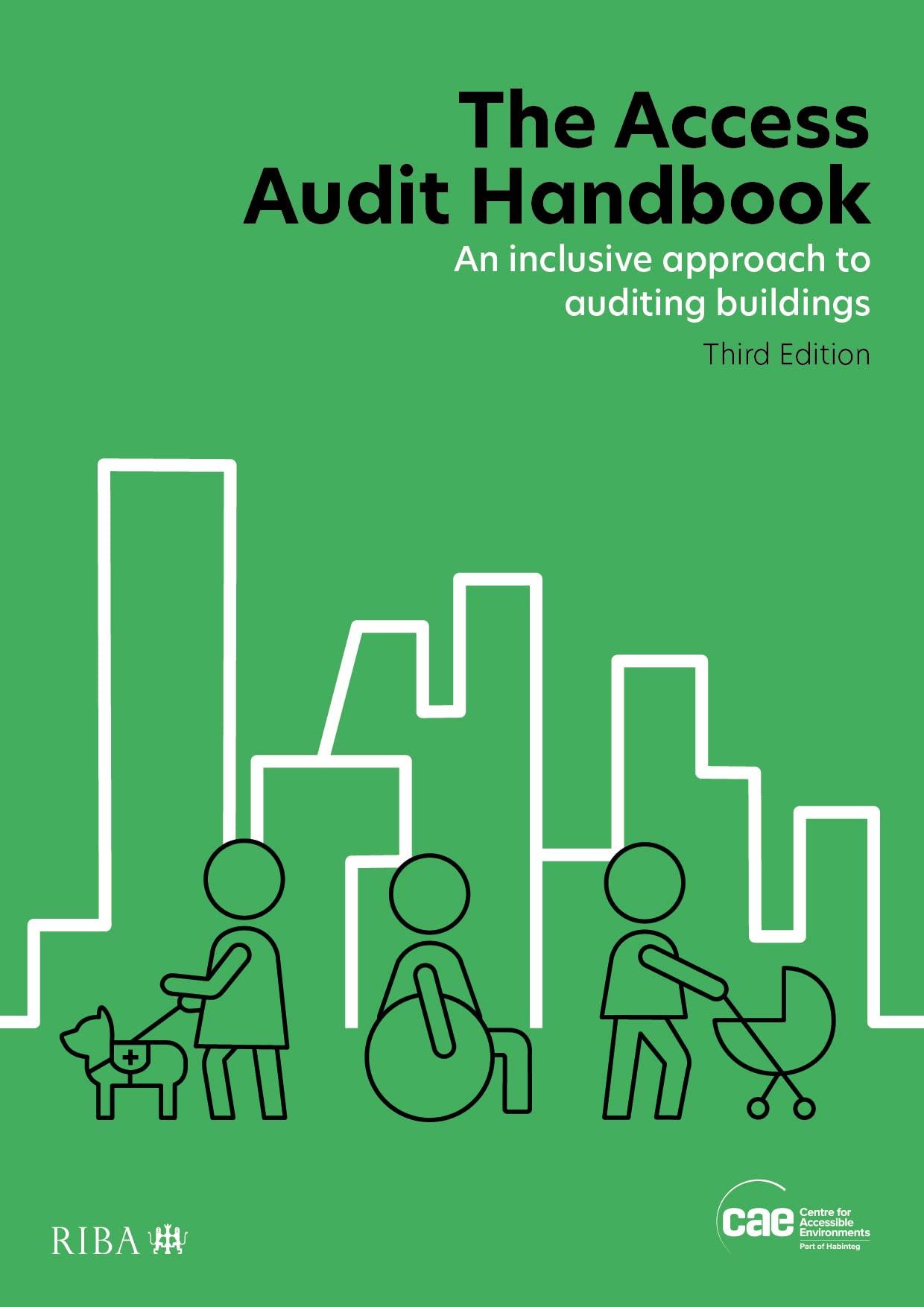Question
Flandro Company uses a standard cost system and sets predetermined overhead rates on the basis of direct labor-hours. The following data are taken from the
| Flandro Company uses a standard cost system and sets predetermined overhead rates on the basis of direct labor-hours. The following data are taken from the companys budget for the current year: |
| Denominator activity (direct labor-hours) | 14,000 |
| Variable manufacturing overhead cost | $ 42,000 |
| Fixed manufacturing overhead cost | $ 130,200 |
| The standard cost card for the companys only product is given below: |
| Direct materials, 4 yards at $1.80 per yard | $ 7.20 | |
| Direct labor, 2 hour at $8.20 per hour | 16.40 | |
| Manufacturing overhead, 150% of direct labor cost | 24.60 | |
| Standard cost per unit | $ 48.20 | |
| During the year, the company produced 7,280 units of product and incurred the following costs: |
| Materials purchased, 46,200 yards at $1.75 per yard | $ | 80,850 |
| Materials used in production (in yards) | 30,050 | |
| Direct labor cost incurred, 15,000 hours at $7.90 per hour | $ | 118,500 |
| Variable manufacturing overhead cost incurred | $ | 42,550 |
| Fixed manufacturing overhead cost incurred | $ | 91,500 |
| Required: | ||||||||||||||||||||||||||||||||||||||||||||||||||||||||||||||||||||||||||||||||||||||||||||
| 1. | Redo the standard cost card in a clearer, more usable format by detailing the variable and fixed overhead cost elements. (Round your answers to 2 decimal places.) | |||||||||||||||||||||||||||||||||||||||||||||||||||||||||||||||||||||||||||||||||||||||||||
| ||||||||||||||||||||||||||||||||||||||||||||||||||||||||||||||||||||||||||||||||||||||||||||
Step by Step Solution
There are 3 Steps involved in it
Step: 1

Get Instant Access to Expert-Tailored Solutions
See step-by-step solutions with expert insights and AI powered tools for academic success
Step: 2

Step: 3

Ace Your Homework with AI
Get the answers you need in no time with our AI-driven, step-by-step assistance
Get Started


